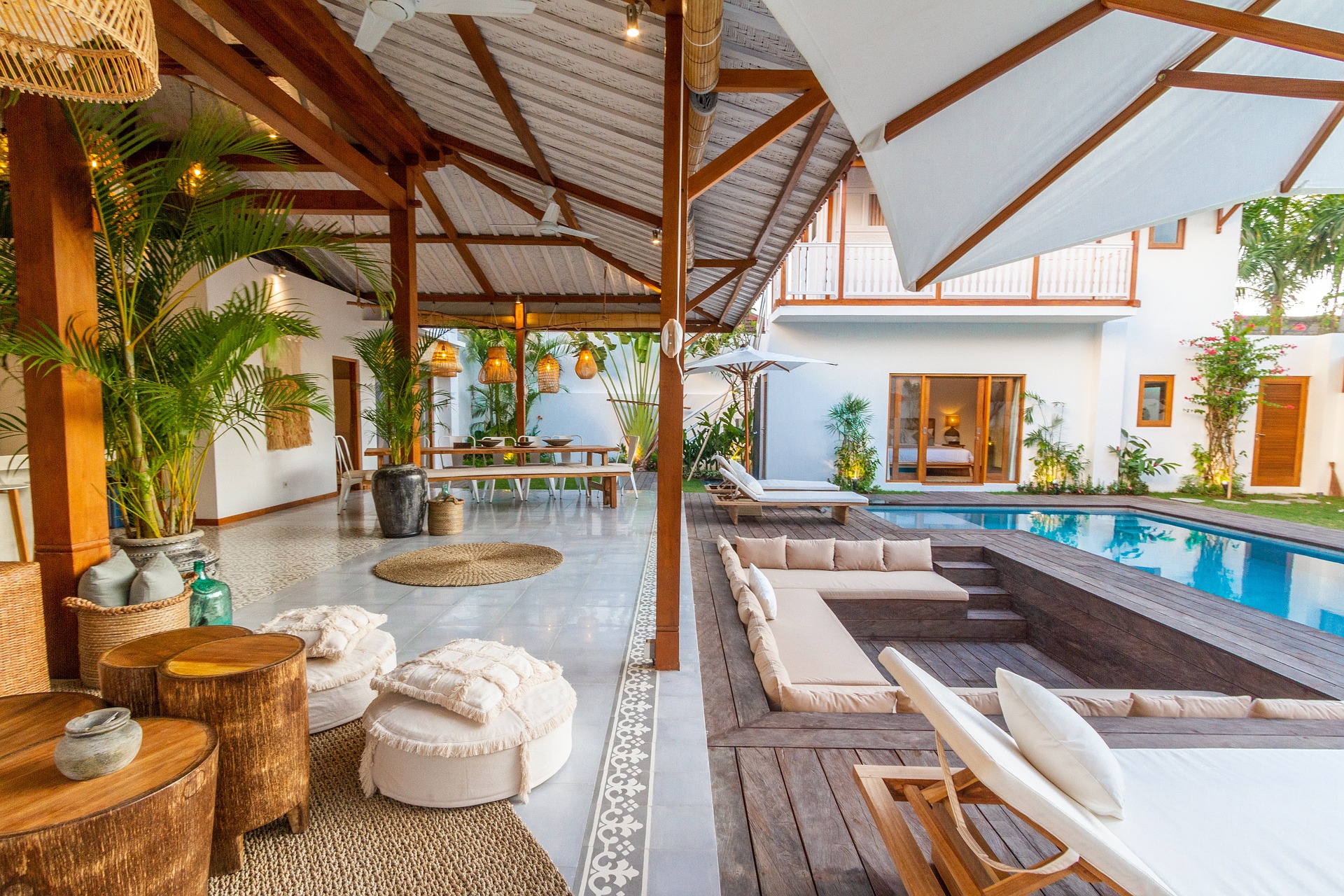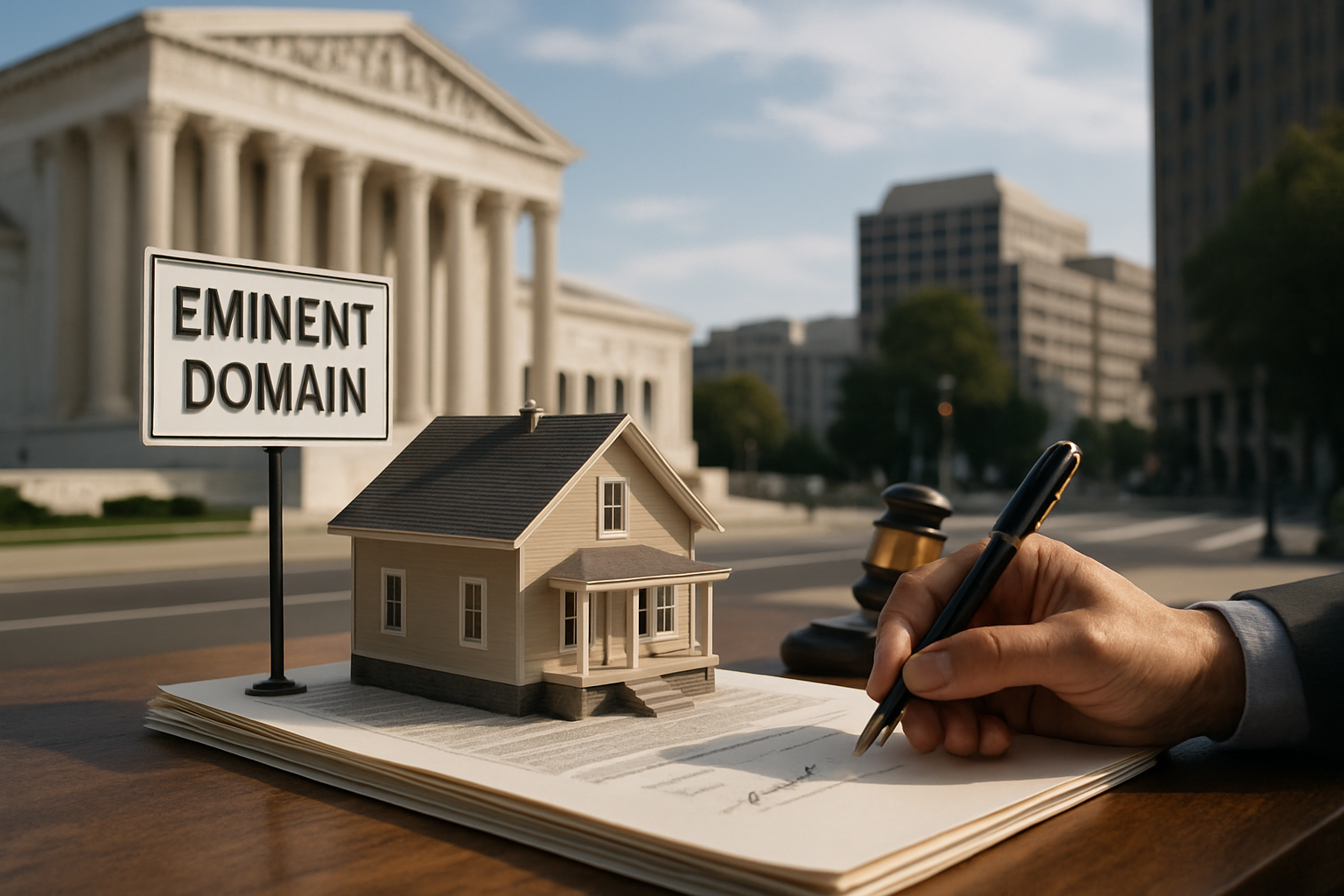Unlocking Potential in the Mid-Century Modern Real Estate Market
Introduction: Mid-Century Modern architecture, characterized by its unique blend of simplicity and functionality, has become a hot spot in the real estate market. This article explores the resurgence of interest in these homes, the reasons for their popularity, and the potential they hold for both homebuyers and investors.

The Allure of Mid-Century Modern Architecture
Mid-Century Modern architecture, which rose to prominence from the 1940s through the 1960s, is known for its clean lines, open floor plans, and integration with nature. These homes were designed to be functional and affordable, a reaction to the ornate styles of the pre-war era. Today, these properties have seen a resurgence in popularity, driven not only by their unique aesthetic appeal but also by their association with a simpler, more carefree era.
The Rising Popularity and Value
Today, Mid-Century Modern homes are more popular than ever. According to real estate market data, these properties tend to sell faster and for higher prices than other homes. The demand is driven by a combination of factors - the unique design, the nostalgia for a bygone era, and the fact that many of these homes have been well-preserved or thoughtfully updated over the years.
Investment Opportunities and Challenges
For real estate investors, Mid-Century Modern properties offer a promising opportunity. These homes, with their distinctive design and appeal, can command higher rents and resale values. However, like any real estate investment, they also come with challenges. Many of these homes are now over 50 years old and may require significant maintenance or renovation. Investors must also navigate the balance between preserving the home’s original character and making the necessary updates to meet modern living standards.
Impact on the Real Estate Market
The popularity of Mid-Century Modern homes has had a ripple effect across the real estate market. It has encouraged a renewed appreciation for architectural design and history, and it has sparked interest in other vintage home styles. This trend is also impacting new home construction, with many builders incorporating Mid-Century Modern design elements into their projects to meet consumer demand.
Future Outlook
Given the ongoing demand for Mid-Century Modern homes, this market segment appears to have a bright future. As more homebuyers and investors recognize the value in these properties, we can expect them to continue to play a significant role in shaping the real estate landscape.
In conclusion, the Mid-Century Modern market offers an intriguing blend of historical appeal, design uniqueness, and investment potential. Whether you’re a homebuyer seeking a distinctive property or an investor looking for a promising opportunity, these homes deserve consideration.




